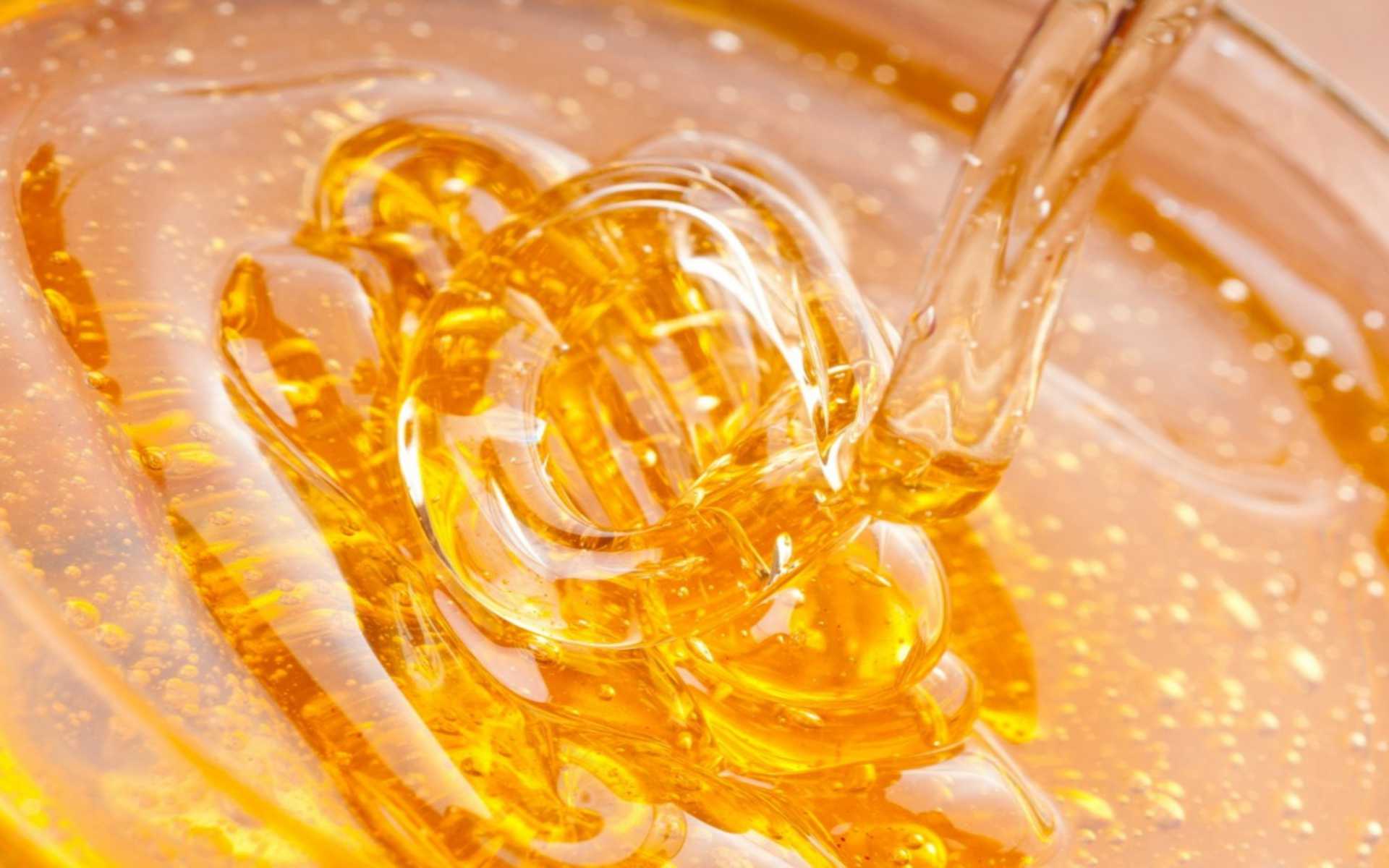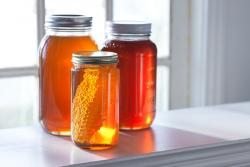Exactly how long honey has been in existence is hard to say because it has been around since as far back as we can record. Cave paintings in Spain from 7000BC show the earliest records of beekeeping, however, fossils of honey bees date back about 150 million years! Its 'magical' properties and versatility has given honey a significant part in history:
The earliest record of keeping bees in hives was found in the sun temple erected in 2400BC near Cairo. The bee featured frequently in Egyptian hieroglyphs and, being favoured by the pharaohs, often symbolised royalty.
The ancient Egyptians used honey as a sweetener, as a gift to their gods and even as an ingredient in embalming fluid. Honey cakes were baked by the Egyptians and used as an offering to placate the gods. The Greeks, too, made honey cakes and offered them to the gods.
The Romans also used honey as a gift to the gods and they used it extensively in cooking. Beekeeping flourished throughout the Roman empire.
Once Christianity was established, honey and beeswax production increased greatly to meet the demand for church candles.
Honey continued to be of importance in Europe until the Renaissance, when the arrival of sugar from further afield meant honey was used less. By the seventeenth century sugar was being used regularly as a sweetener and honey was used even less.

What is Honey
Honey is honey, it’s just that simple. A bottle of pure honey contains the natural sweet substance produced by honey bees from the nectar of plants or secretions of living parts of plants. Nothing else.
When scientists begin to look for all of the elements found in this wonderful product of nature, they find a complex of naturally flavored sugars as well as trace enzymes, minerals, vitamins, and amino acids. (Complete information concerning honey’s chemical makeup and nutritional content is available in a downloadable PDF brochure, “Honey, a Reference Guide to Nature’s Sweetener” courtesy on National Honey Board).
Honey is made by bees in one of the world’s most efficient facilities, the beehive. The 60,000 or so bees in a beehive may collectively travel as much as 55,000 miles and visit more than two million flowers to gather enough nectar to make just a pound of honey!
The color and flavor of honey differ depending on the bees’ nectar source (the blossoms). In fact, there are more than 300 unique kinds of honey in the United States, originating from such diverse floral sources as Clover, Eucalyptus and Orange Blossoms. In general, lighter colored honeys are mild in flavor, while darker honeys are usually more robust in flavor.
How Honey is Made
Simple and Naturally Made
It’s really quite simple. There are no added preservatives. No added flavorings. No added coloring.
Take a look at the additive-free journey that honey takes from bee to bottle and see for yourself. The bottle of honey on your supermarket shelf is nothing more than honest to goodness sweetness the way nature intended.
From Bee
ALL-NATURAL PRODUCTION
Honey gets its start as flower nectar, which is collected by bees, naturally broken down into simple sugars and stored in honeycombs. The unique design of the honeycomb, coupled with constant fanning by the bees’ wings, causes evaporation to take place, creating the thick, sweet liquid we know as honey.
The color and flavor of honey varies from hive to hive based on the type of flower nectar collected by the bees. For example, honey made from Orange Blossom nectar might be light in color, whereas honey from Avocado or Wildflowers might have a dark amber color.
To Hive
HARVESTING AND EXTRACTING
Beekeepers — large and small — harvest honey by collecting the honeycomb frames and scraping off the wax cap that bees make to seal off honey in each cell.
Once the caps are removed, the frames are placed in an extractor — a centrifuge that spins the frames, forcing honey out of the comb. The honey is spun to the sides of the extractor, where gravity pulls it to the bottom and it can be collected.
To Bottle
STRAINING AND BOTTLING
After the honey is extracted, it is strained to remove any remaining pieces of wax or other particles. Some beekeepers and bottlers might heat the honey to make it easier to strain, but this does nothing to alter the liquid’s natural composition. It only makes the straining process easier and more effective.
After straining, it’s time to bottle, label and distribute the honey to retail outlets. Whether the container is glass or plastic, or purchased at the grocery store or farmers market, if the ingredient label says pure honey, you can rest assured that nothing was added, from bee to hive to bottle.
The National Honey Board has done extensive study and research about the history, nutrition and medicinal properties of honey and have compiled huge resource of information. For more information about honey, please visit the National Honey Board website
